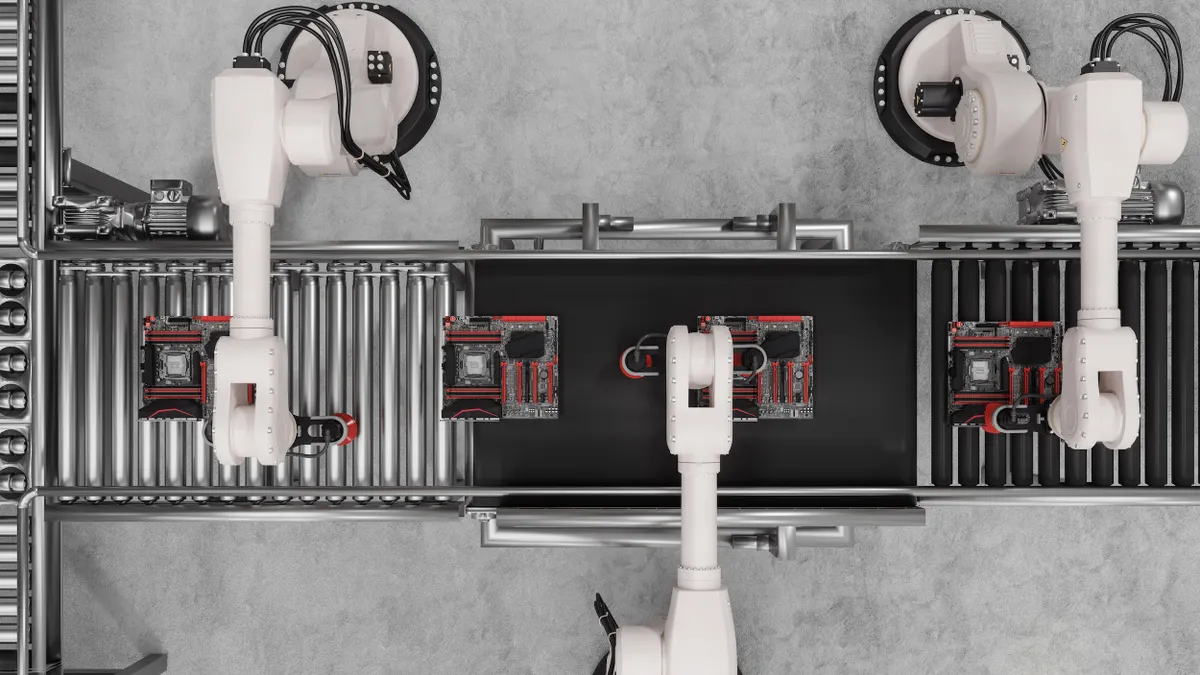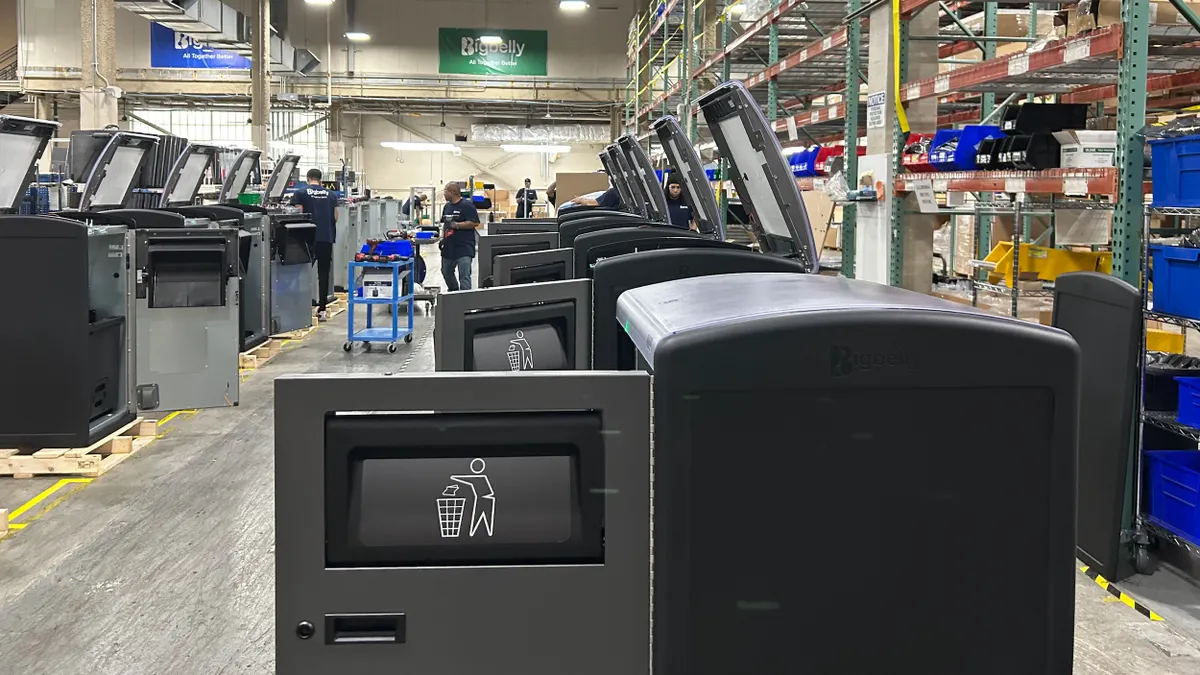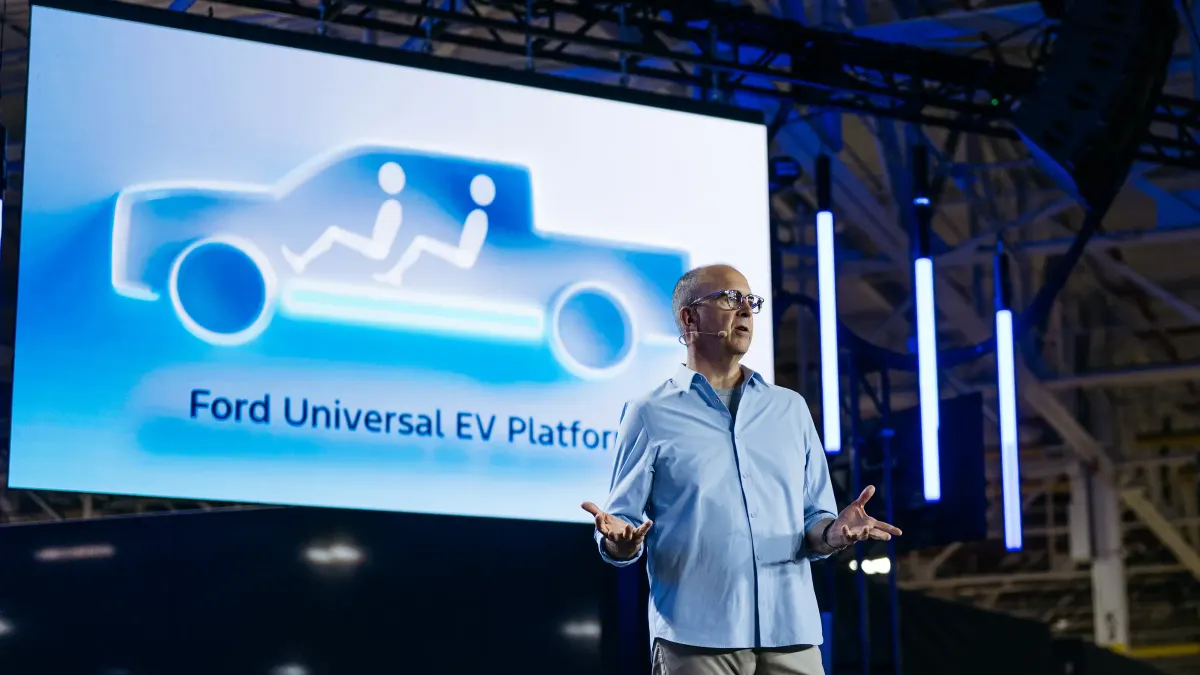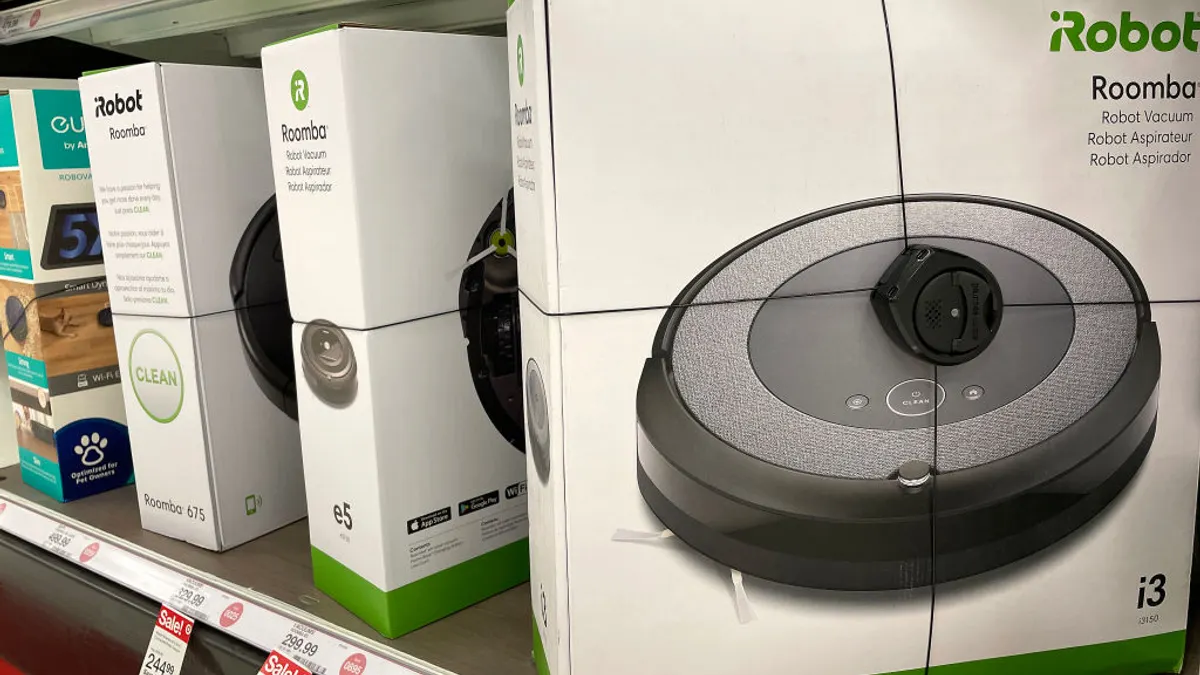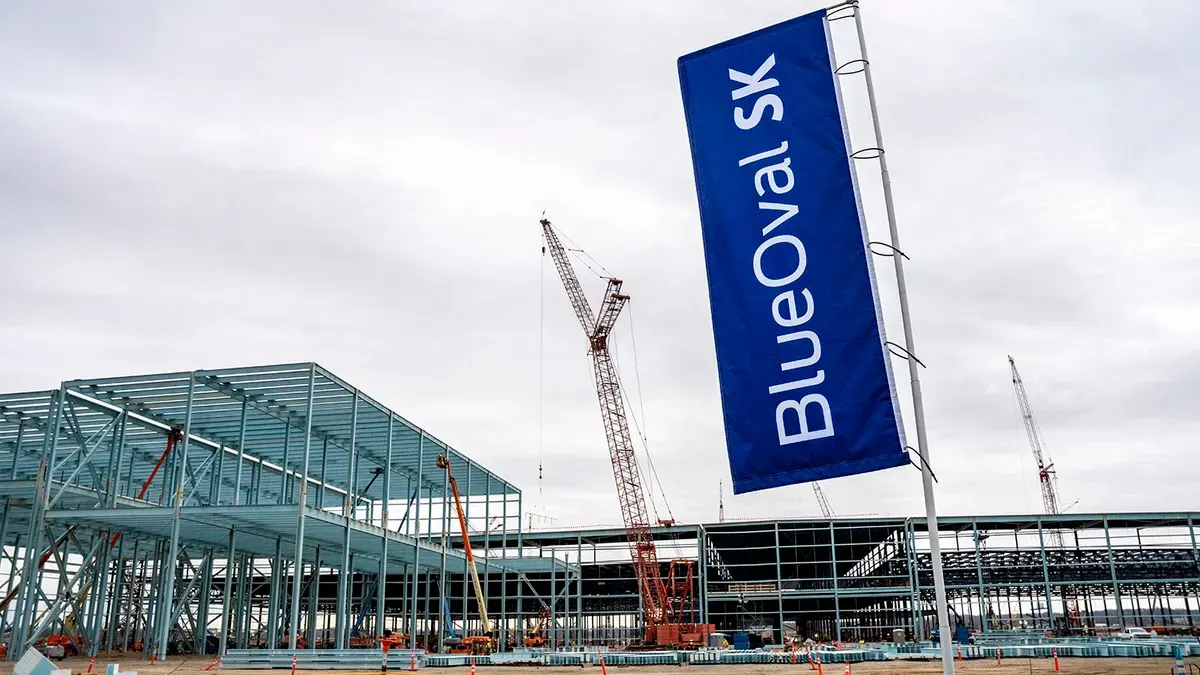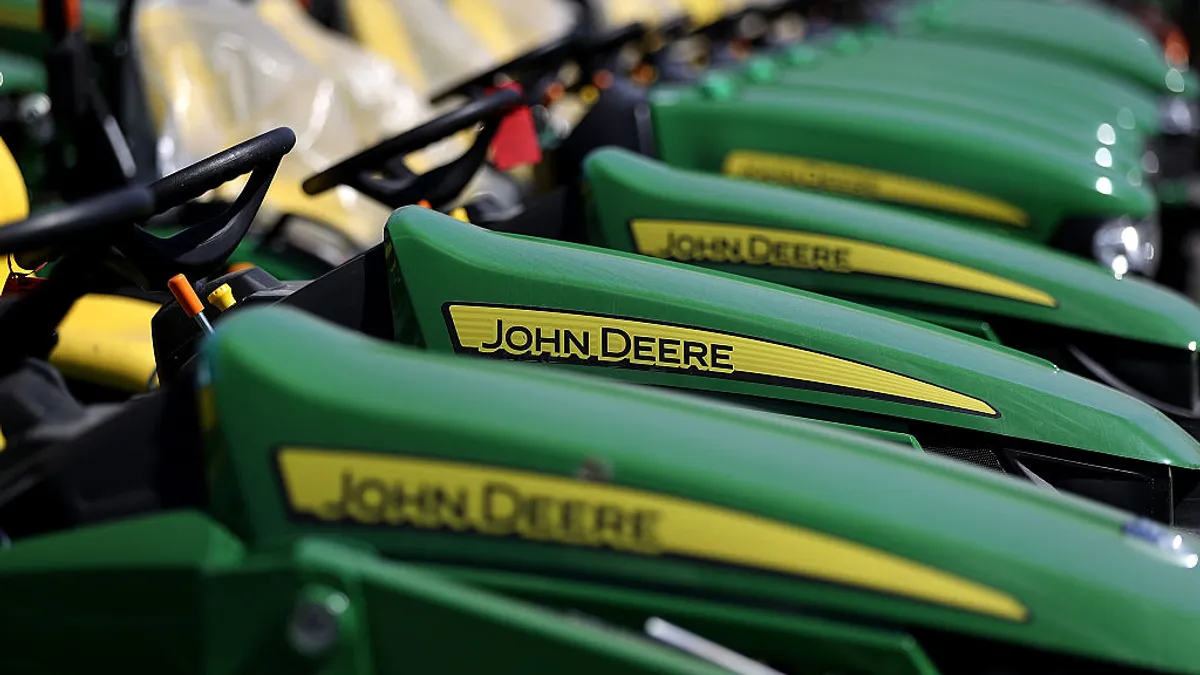While the increasing use of AI has been making news in the U.S. manufacturing industry, countries such as China and Japan have been running fully automated factories that require minimal human intervention for decades.
These so-called “dark” or “lights-out” factories use machines, robots and automated systems to operate 24/7 without breaks, lighting, heating or other conditions humans require.
A famous example is a Fanuc factory in Japan, which reportedly runs for a month without much human input to build robots at the rate of 50 per 24-hour shift. Philips is doing something similar at its razor-manufacturing plant in the Netherlands, where 120-plus robots run the fully automated factory and require fewer than 10 workers for quality assurance.
Could the U.S. implement such concepts to help alleviate some of the industry’s persistent issues, like labor shortages and supply chain disruptions?
Increasing use of AI and automation in the U.S.
U.S. manufacturing companies have increasingly begun experimenting with automation in recent years as the pandemic drove interest in artificial intelligence and digitization. However, adoption is slower and there’s no fully automated plant in the region as of yet.
According to experts, the closest U.S. manufacturers have come to “dark” factories is Tesla’s heavily automated gigafactories. The company reports 90% automation at its Nevada plant, according to the Reno Gazette Journal, and even higher in China.
“Most U.S. manufacturers pursue gradual automation — they extend lights-out operations step by step rather than build entirely new dark factories,” said Daryl Edwards, a former plant manager and the founder of Agent Impact, a company working with manufacturers to implement AI solutions.
This is the opposite approach to China and Japan, where many lights-out factories were built from the ground up for new products, said Craig Melrose, global managing partner of advanced technologies and mobility at Htec, a company providing AI and embedded product engineering services.
“In contrast, the U.S. would largely be retrofitting existing facilities, which were designed for human operations,” said Melrose.
This comes with its own upfront costs, which many companies may not be ready to bear.
“Implementing automation is expensive and most manufacturers must phase it in gradually to make it financially viable and ensure a clear return on investment,” said Stephanie Scearce, vice president of workforce innovation at the Georgia Association of Manufacturers, via email.
“Budget constraints, organizational understanding, process continuity, and (perhaps most importantly) leadership buy-in all play critical roles in adoption,” she said. “Aligning these factors is challenging and achieving that often takes significant time and resources.”
That’s why hybrid models are on the rise in the U.S., where some aspects of manufacturing are automated under human supervision.
“We’re not going to see a whole shift to dark factories in the next five years, but hybrid models with smart automation, digital twins, and AI copilots are accelerating rapidly,” said Alex Shikany, executive vice president of the Association for Advancing Automation, or A3.
That has given rise to collaborative robots, known as cobots, which require a tech-trained human operator. In Q2 , nearly a quarter of the units ordered in North America were “collaborative,” Shikany said, noting larger demand from automotive manufacturers. “They’re a clear signal that manufacturers are building automation with people, not just instead of them.”
Edwards interviewed 20 manufacturing executives about their automation journeys and found that one of his clients, a discrete manufacturing company, had begun implementing lights-out manufacturing at night.
“In the last hour or two of every shift, they initiate operations in all the semi-automatic machinery like CNC machines so they run lights-out overnight unsupervised,” he said.
This benefits the operators who prefer daytime shifts and want to avoid shift rotation. It also benefits the company since it can manufacture much more in a given time period without increasing costs, Edwards added.
Currently, automation is the most common application in U.S. manufacturing sectors with high-volume, repeatable tasks such as electronics, automotive components, semiconductors and pharmaceuticals.
These sectors benefit from precision, consistency and around-the-clock uptime, Shikany said. As AI-powered digital twins improve, he added, dark-factory readiness will grow in industries where safety and optimization are critical, like food and beverage, and chemical manufacturing.
Is AI taking away jobs?
When asked about what happens to the workers as factories increasingly adopt automation, experts said it doesn't eliminate the need for humans, but shifts their roles.
“Even in a highly automated environment, people are still essential for maintaining equipment, programming systems, troubleshooting issues and managing the complex touchpoints that make manufacturing run smoothly,” Scearce said. “Rather than aiming for completely unmanned facilities, I see the real opportunity in leveraging automation to create a balance between our shrinking labor supply and the growing demands of manufacturing.”
In practice, Scearce said, “automation will likely replace the types of manufacturing jobs we struggle to retain, which are often entry-level, highly repetitive, or physically demanding roles and jobs that fall into the ‘4 Ds’: Dark, dirty, dull and dangerous.”
Changes in the workforce are inevitable as more companies adopt AI and automation, but that doesn’t necessarily have to mean sending all the workers home.
This is apparent in the upcoming U.S. factories as companies are hiring workers to implement certain automation systems as well as continuing manual processes still untouched by AI.
“Our industry’s focus should be on upskilling and reskilling, not replacement,” Shikany said. “The manufacturing jobs of the future involve operating and maintaining automation systems, interpreting data from AI models and designing new workflows.”
To help with this change, A3 has begun offering certification and training programs in robotics, machine vision, motion control, and automation. The organization also hosts conferences and events, webinars, and online courses focused on implementation solutions.
Many community and technical colleges, as well as company training centers, have started similar initiatives to match the growing need for an AI-ready workforce.
Such transformation is natural and unavoidable as industries evolve from hand tools to mass production, and now to AI and lights-out manufacturing, Melrose said.
“Digital was considered the four industrial revolution and AI could be viewed as the fifth,” he added. “With each revolution, workers were asked to change, adapt and learn new skills, which will continue to be true.”




